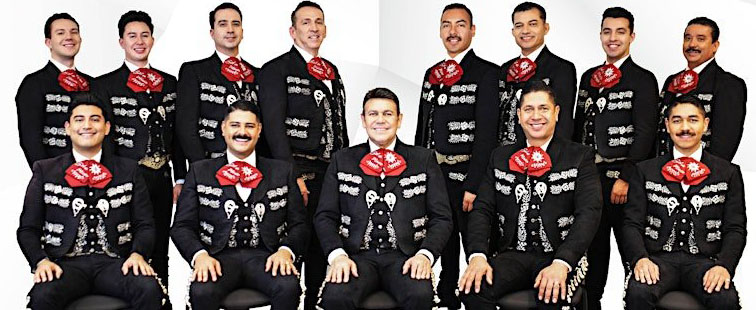NOTE FROM THE EDITOR:
The content of this article does represent the views of El Reportero or its staff.
_______________________

by Paul Craig Roberts
Can People Cope with the Challenges of Life when so Much of their Culture has been Destroyed?
Depression, the meaninglessness of life and spiritual depravation engulfs so many people today, because they no longer have the cultural knowledge gained from familiarity with their classic literature and religion which teaches how to deal with the challenges of life and how to grapple with inner demons. This knowledge has been lost. It has been excised from education as outdated, racist, not inclusive, judgmental, and white.
Hanne Herland reminds us of the importance of culture to survival and a moral life. She gives us hope for our revival by pointing out that Russia is again Christian despite decades of enforced communist atheism, which was also enforced on Americans by liberals and Jews. For example, no prayers in school, no Christian symbols in public places. https://hannenabintuherland.com/usa/how-atheist-marxism-created-religious-revival-in-russia-wnd/
Alexander Solzhenitsyn, author of The Gulag Archipelago, was a hero in America as a Soviet dissident until his speech at Harvard University at which he said that “men have forgotten God,” and that this forgetfulness is the explanation for the numerous crises and social and personal maladies of our time.
Instantly, Solzhenitsyn became person non grata.
If you are a Christian, a real one and not a worshipper of Israel, you can understand what has happened to us in terms of Satan squeezing the good out of Western civilization and replacing it with evil.
When I challenge this thought, I am confronted by the facts that it wasn’t Russia, China, and Iran who on the basis of totally false accusations overthrew the governments in Iraq and Libya and murdered the leaders. It wasn’t Russia, China, and Iran who tried to do the same in Afghanistan and Syria. It is not Russia, China and Iran who are providing the bombs and aircraft and money and diplomatic cover to Israel in the war against Palestinians.
It is not the Russians, Chinese, and Iranians who are provoking more war.
It is Washington and its EU Empire.
If you consider the bare-faced facts, it is evil flowing from the Western World that is operating in the world.
Russia, China and Iran think they are confronting governments that have lost their senses. They are relying on the threat of the breakout of a world war to bring the West to its senses. They do not understand that they are confronting evil with whom no negotiations are possible.
This means that the halting, hesitant, insufficient responses of Russia, China, and Iran to evil are too weak to be effective.
The liberals, the left-wing, the Woke are the ones who destroyed the cultural knowledge of the West, thereby depriving the people of the ability to confront evil. For the liberal-left-Woke destroyers of civilization, spiritual evil is incomprehensible. For them the only evils are Trump, “white racism” and “Putin’s aggression.”
In the liberal-left-Woke matrix there are no other evils.
The West no longer rests on a Western culture. It rests on sexual perversion and the promotion by governments, corporations, and universities of transgenderism and critical race theory. Western nations have been replaced with Sodom and Gomorrahs and towers of babel. Enemies are necessary to justify the US military/security complex’s massive budget and power. The more enemies the larger the budget and power.
There is not much more hope in American conservatives than there is in the liberal-left-Woke contingent. Conservatives confuse their country with the government. As Albert Jay Nock and Thomas Jefferson clearly explained, the two are entirely different. But it is an important distinction that is over the heads of many conservatives.
Solzhenitsyn told us that when respect for religion, traditional values, family, and religious faith are stripped from a society, society has been disarmed and no protection remains against the triumph of evil. As the liberal-left-Woke contingent has stripped away these protections, evil is now the dominant power in the Western World.
Russia, China and Iran do not confront Western governments capable of reason. They confront unbridled evil.
Putin puzzles why the West is so unreasonable. The answer is that evil is unreasonable. You cannot make a deal with it.














